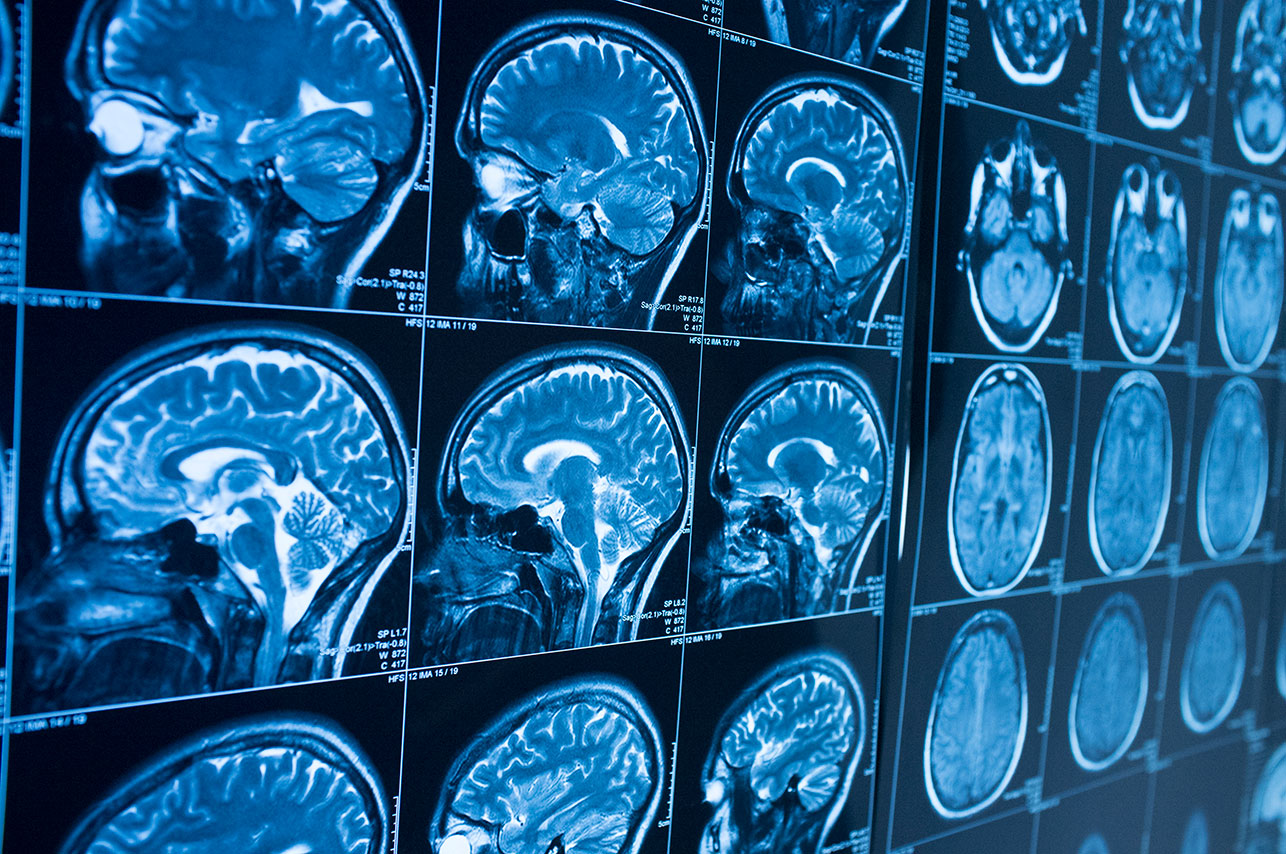
Date:
Here in Philadelphia, we’re still relishing the thrill of long-awaited victory as the ticker tape from the Eagles’ Super Bowl parade flutters from the trees. Even as we watched the game, however, we couldn’t escape the ever-present risk of brain injuries in football, as several players suffered game-ending hits.
Concussions can be difficult to diagnose, and many injuries are not appropriately treated. In an exciting new development, the Food & Drug Administration (FDA) recently announced its approval of the first blood test for evaluating concussions. How does this new test work, and what promise does it hold?
Current diagnostic procedures involve on-field testing of visual, verbal, and motor functions, followed by a brain scan that often is not sensitive enough to pick up the effects of a mild injury. The new blood test measures the levels of two brain proteins called UCH-L1 and GFAP; UCH-L1 is involved in disposing of damaged proteins, while GFAP helps to repair injured cells. Both are released into the bloodstream after a head injury.
The new test will help doctors more accurately predict which patients need brain scans. It only takes a few hours to get the results, and confirming high levels of UCH-L1 and GFAP will reduce the risks of radiation exposure—as well as the healthcare costs—of performing scans that are unlikely to be informative.
On the other hand, scientists caution that low levels of UCH-L1 and GFAP don’t guarantee an “all-clear.” The test is not intended to make a positive or negative diagnosis. If the test is delayed, it may not reflect the true extent of damage. Also, a single mild concussion may not raise protein levels high enough to be detected, but even mild injuries, when repeated over time, can lead to serious long-term trauma.
The FDA has approved the test only for adults, but the company that developed it plans to study its use in children soon. Even then, the impact on youth sports is unclear—it may not be easy to administer the test in school and league sports that rely on amateur coaches and volunteers.
Is this new test a game changer? Concussion diagnosis is an active area of research and there are many other potential tests in the works. So I’d say it’s early in the first quarter, but it’s still an important first down. Stay tuned!
Video: Sports & Traumatic Brain Injuries. How do concussions damage the brain and what are the risks for youth athletes?


